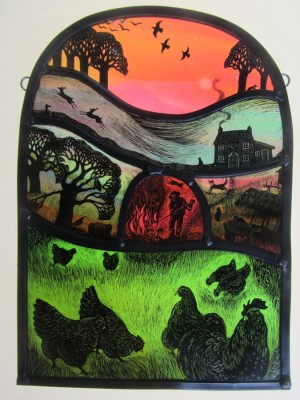Here it is my new throwing wheel! It looks a little more messy at the moment because it has been well used since I bought it. But as it has been a great success for me I wanted to let you know all about it.
I have to say that I was initially in two minds about it as it looked, not just smaller than my big Shimpo Whisper, but it didn't appear to be very robust — I couldn't have been more wrong.
Also I can lift it and take it into the garden or place it anywhere I choose provided it stands on a wobble-free table.
It has certainly released me from my basement workshop and given me hours of daylight.
So I'll give you a closer look.
Firstly, the controls. Red on/off switch and another that lets you choose clockwise or anti-clockwise spin — useful for left-handed throwers.
Next the batts. These blue batts look a bit flimsy don't they? Be assured they are good and strong and you get two. As you can see they press down on the two bolts on the wheel-head and are quite secure. Sometimes I have to rub a little bit of Vaseline in the holes to help press them in because the holes get a bit clogged up with dry clay.
The wheel will take up to 9kg (20 lbs) of clay, so considering that I make large mugs with only 1lb of clay I think it's safe to say that it will satisfy most needs.
By having these easily removable batts I can make large or small flat dishes, lift the batt off the wheel and leave the dish untouched until leather-hard. This is brilliant for me as I make lots of flat dishes and plates that remain flat during the firing process. My warping days are gone.
I make a lot of butter dishes and garlic keepers and I like them to stand well together without any wobbles.
At my last Open Studio sale, flat plates and dishes lined the front of my table.
I bought my wheel at Potclays in Stoke-on-Trent, UK and the cost was just over £600. This is half of the cost of a normal Shimpo wheel. But not only does it have all the benefits that I have already mentioned but the fact that it is so easily transported meant that I was able to give throwing workshops in the summer.
I was invited to travel to an artist's studio where some keen would-be potters could try their hand on my wheel as well as learn the art of hand-building.
So this little wheel has opened up something new for me to consider in the future.
If you'd like to see one in action then go to You Tube and see Simon Leach testing one out for his workshop.
HAPPY POTTING FOLKS



















































